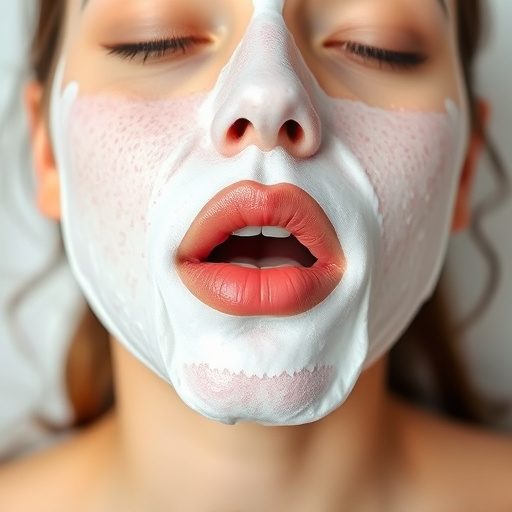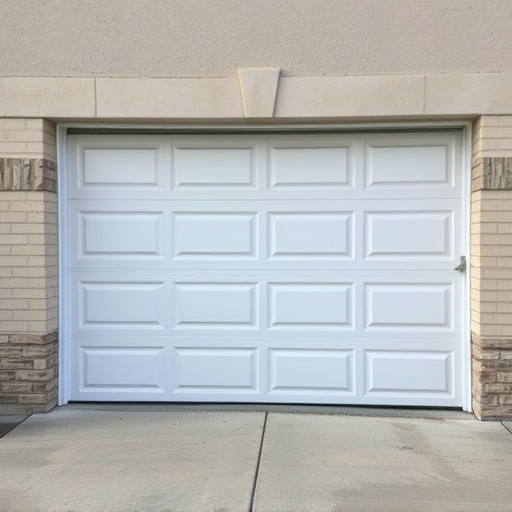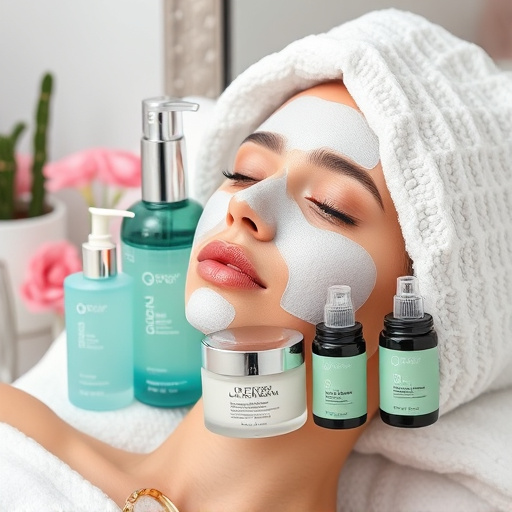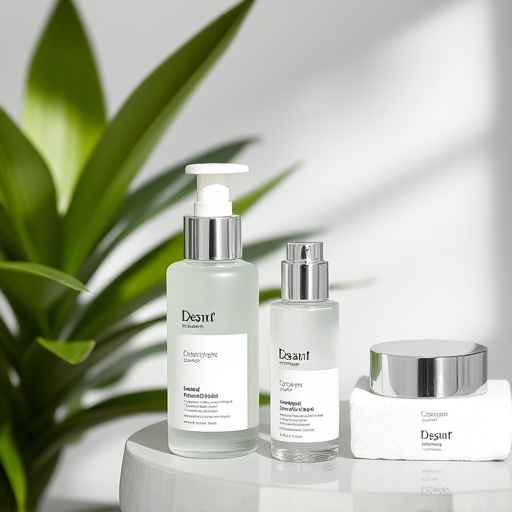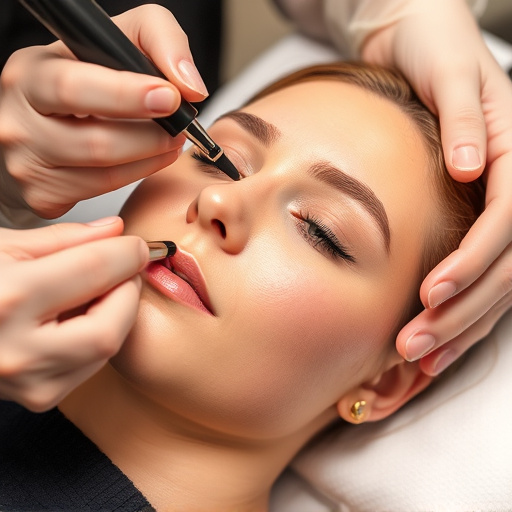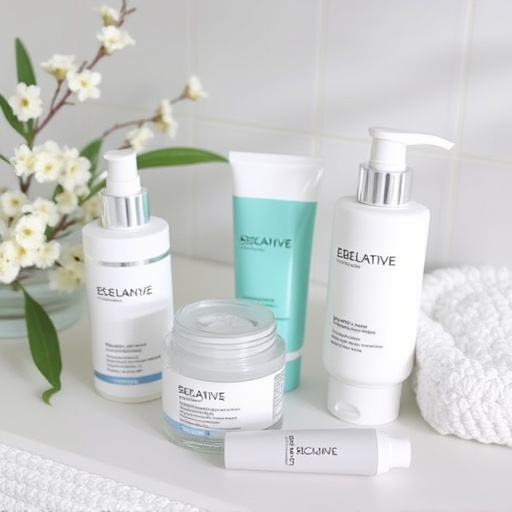A glycolic acid peel is a popular skin treatment that uses an alpha hydroxy acid (AHA) solution to reduce fine lines, wrinkles, and improve skin texture by exfoliating dead cells, unclogging pores, and stimulating collagen production. Before applying at home, properly prepare by cleansing, sterilizing tools, and applying a thin layer of glycolic acid solution for the recommended time. Regular peels can significantly enhance skin texture, minimize fine lines, and promote a smoother complexion with immediate and lasting results. Safety measures include avoiding side effects like temporary redness or peeling through proper post-peel care and sun protection.
“Discover the secret to youthful-looking skin with glycolic acid peels—a powerful tool for reducing fine lines and wrinkles. This comprehensive guide explores the benefits of this popular treatment, offering insights into how it works on a cellular level. Learn the step-by-step process of performing a glycolic acid peel at home, ensuring safety and optimal results. From preparation to post-peel care, we’ll navigate through every aspect, helping you unlock radiant skin.”
- Understanding Glycolic Acid Peels: Benefits and Mechanism
- How to Prepare for and Perform a Glycolic Acid Peel at Home
- Results and Safety Considerations: What to Expect After Your Peel
Understanding Glycolic Acid Peels: Benefits and Mechanism

A glycolic acid peel is a popular skin treatment that involves applying a chemical solution containing glycolic acid to the skin’s surface. This potent alpha hydroxy acid (AHA) has gained significant attention in the skincare industry for its remarkable ability to reduce fine lines and wrinkles, as well as enhance overall skin texture. When used topically, glycolic acid works by gently exfoliating dead skin cells, unclogging pores, and stimulating the production of new collagen.
The mechanism behind its effectiveness lies in its chemical composition. Glycolic acid is known for its ability to penetrate deep into the skin layers, where it breaks down protein bonds that hold dead skin cells together. This process promotes faster cell turnover, revealing smoother, brighter, and more youthful-looking skin. Moreover, glycolic acid peel treatments can also improve skin tone and texture by reducing the appearance of enlarged pores and promoting a healthier, rejuvenated complexion—a combination that makes it an attractive solution for those seeking effective pore refinement, wrinkle reduction, and overall skin rejuvenation.
How to Prepare for and Perform a Glycolic Acid Peel at Home

Before attempting a glycolic acid peel at home, it’s crucial to prepare your skin and workspace properly. Start by cleansing your face thoroughly with a gentle cleanser to remove any makeup or dirt. This step ensures that your skin is clean and ready for the peel, enhancing its effectiveness. Next, sterilize your tools—a small, sterile applicator or cotton pad—by wiping them with rubbing alcohol or an antiseptic solution. Disposability is key; using single-use items minimizes the risk of contamination.
To perform the peel, apply a thin layer of glycolic acid solution to your face, avoiding the eye area. Glycolic acid, a form of alpha hydroxy acid (AHA), gently exfoliates the skin, removing dead cells and stimulating collagen production. Leave it on for the recommended time, usually a few minutes, then rinse thoroughly with warm water. For best results, follow up with a moisturizer suitable for your skin type. Regularly scheduled glycolic acid peels can offer significant improvements in skin texture, reducing fine lines and promoting a smoother, younger-looking complexion—an excellent addition to any at-home skincare routine.
Results and Safety Considerations: What to Expect After Your Peel

After a glycolic acid peel, results may be visible almost immediately, with continued improvement over the following weeks as your skin cell turnover accelerates. Fine lines and wrinkles appear reduced, revealing smoother, more youthful-looking skin. The peel also enhances skin texture, unclogs pores, and reduces the appearance of acne scars, making it an effective treatment for those looking to improve their overall complexion.
Safety is paramount when considering any skin treatment, especially chemical peels like glycolic acid. While generally well-tolerated by most individuals, side effects may include temporary redness, swelling, or peeling. It’s crucial to follow your dermatologist’s post-peel care instructions diligently, including using gentle cleansers and moisturizers, avoiding sun exposure without protection, and steering clear of aggressive acne treatments or microneedling therapy for a few days following the procedure. These precautions ensure optimal healing and minimize the risk of complications.
A glycolic acid peel is a highly effective way to reduce fine lines and enhance skin texture. By understanding the science behind these peels, preparing your skin correctly, and knowing what to expect afterward, you can achieve noticeable results safely at home. Incorporating regular glycolic acid peel treatments into your skincare routine can offer significant improvements in skin appearance and health.

